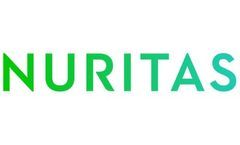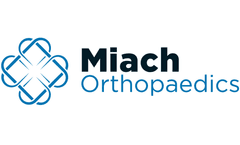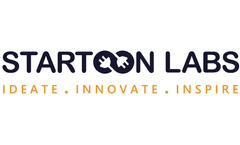Muscle Strength Articles & Analysis
10 articles found
Nuritas has recently published the results of two clinical studies on their next-generation ingredient PeptiStong™. Identified within fava beans, with self-affirmed GRAS and Health Canada approval, Peptistrong™ contains cell-signalling peptides which, when compared against milk proteins, were found to improve the rate of muscle protein synthesis during recovery. In this New Protein ...
And when a graft is taken from the hamstring, patients may have persistent weakness in that muscle. Regardless of the type of graft, many people are unable to return to the same level of daily activities or sports. ...
Replacing the torn ligament through ACL reconstruction is the most common treatment for this injury but can sometimes result in side effects such as pain when kneeling, reduced strength in the hamstring or quad muscles, and the risk of disease transmission when donor tissue is used. ...
Eligibility criteria consisted of:- shoulder pain of a musculoskeletal benign nature such as inflammation, arthritis, muscle trigger point overuse, impingement, and degenerative changes. ...
Several improvements support the hypothesis that dynamic standing using the Innowalk is effective as an add-on to standard therapy in the treatment of children and young people with severe motor impairments. The study included 46 patients where 50% were diagnosed with cerebral palsy and 50% with diverse syndromes. The results show improvements on: Passive assisted motion (79%) Stimulation ...
Hyperoxic gas supplementation can increase the activity of neurons and keep motor units in a stable state of activation during intense exercise, thus reducing peripheral fatigue and delaying muscle contraction fatigue. HBO2 on Performance and Recovery (Cardinale and Ekblom, 2018). HBO2 therapy during the post- exercise recovery phase can effectively alleviate exercise-induced ...
The initial objective examination is done on the joint range, muscle strength, muscle tone, and other balance, gait (walking), reflexes (neurological), special tests (done only manually) etc. ...
Using such tools, it can help differentiate balance deficits using different sensory perturbations, identify weight bearing asymmetries (for example in case of stroke there is more weight in non-paretic leg or in case of knee/foot lesion) and muscle weakness. In addition, it can help guide and evaluate the effectiveness and efficiency of rehabilitation programs to reduce risk of ...
Meanwhile, the balance exercise programme will focus on increasing core body and leg muscle strength, raising awareness of posture and the practice of weight transfer (with support from the exoskeleton device). ...
Objectives The purpose of the study was to determine a possible association between the type of work individuals perform and his or her physical capacity. There was focus on whether workers performing repetitive monotonous work differ from workers with varied work tasks with respect to the physical capacity. Methods: Maximal backward extension and forward flexion torques of the trunk, maximal ...









